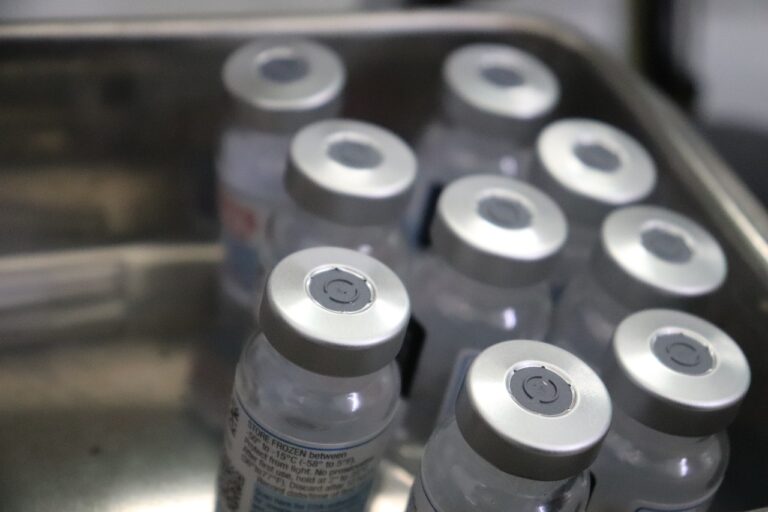Diabetes and Technology: Continuous Glucose Monitoring Systems: Silverexch, Goldenexch. Bet, Betbook247
silverexch, goldenexch. bet, betbook247: Living with diabetes can be challenging, as it requires constant monitoring of blood sugar levels to ensure they are within a healthy range. Traditionally, this has involved frequent finger-prick tests throughout the day. However, advancements in technology have revolutionized diabetes management with the introduction of continuous glucose monitoring (CGM) systems.
Continuous glucose monitoring systems are devices that measure glucose levels in real-time throughout the day and night. They consist of a tiny sensor inserted under the skin that continuously measures glucose levels in the interstitial fluid. This information is then transmitted to a receiver or smartphone app, providing users with valuable insights into their blood sugar trends and helping them make informed decisions about their diabetes management.
The benefits of CGM systems are numerous. They provide a more comprehensive view of blood sugar levels than traditional finger-prick tests, allowing users to detect patterns and trends that may not be apparent with periodic testing. This can help individuals make adjustments to their diet, exercise, and medication to better control their blood sugar levels and reduce the risk of complications from diabetes.
Furthermore, CGM systems can provide alerts for both high and low blood sugar levels, helping users take immediate action to prevent dangerous spikes or drops. This constant monitoring can give users peace of mind and improve their overall quality of life by reducing the stress and anxiety associated with managing diabetes.
There are several CGM systems available on the market, each with its own unique features and benefits. Some popular options include the Dexcom G6, Freestyle Libre, and Medtronic Guardian Connect. These systems vary in terms of accuracy, ease of use, and compatibility with other diabetes management devices.
One of the key advantages of CGM systems is the ability to share data with healthcare providers and caregivers. This feature can be especially helpful for parents of children with diabetes, as it allows them to monitor their child’s glucose levels remotely and receive alerts in case of any issues. Additionally, healthcare providers can use this data to make more informed treatment decisions and adjustments to the individual’s diabetes management plan.
Despite the numerous benefits of CGM systems, they do come with some challenges. The cost of these devices can be prohibitive for some individuals, as they may not be fully covered by insurance. Additionally, users must be diligent about calibrating the sensors and ensuring they are properly inserted to ensure accurate readings.
In conclusion, continuous glucose monitoring systems have revolutionized diabetes management by providing a more comprehensive and real-time view of blood sugar levels. These devices offer numerous benefits, including improved blood sugar control, peace of mind, and better communication with healthcare providers. While there are some challenges associated with CGM systems, the overall benefits far outweigh the drawbacks for many individuals living with diabetes.
—
**FAQs**
1. **How often do CGM sensors need to be replaced?**
CGM sensors typically need to be replaced every 7-14 days, depending on the manufacturer’s recommendations.
2. **Can CGM systems be used during exercise and physical activity?**
Yes, CGM systems can be worn during exercise to monitor blood sugar levels and make adjustments as needed.
3. **Are CGM systems accurate compared to traditional finger-prick tests?**
CGM systems are generally considered to be as accurate as traditional finger-prick tests, if not more so, especially when it comes to detecting trends and patterns.
4. **Do CGM systems require calibration?**
Some CGM systems require periodic calibration with traditional finger-prick tests to ensure accuracy, while others are factory-calibrated and do not require calibration.
5. **Are CGM systems covered by insurance?**
Many insurance plans do cover CGM systems, but coverage can vary depending on the plan and individual circumstances. It’s best to check with your insurance provider for more information.







